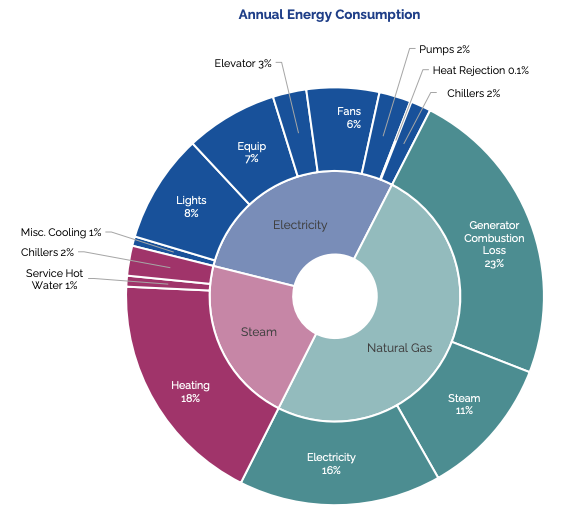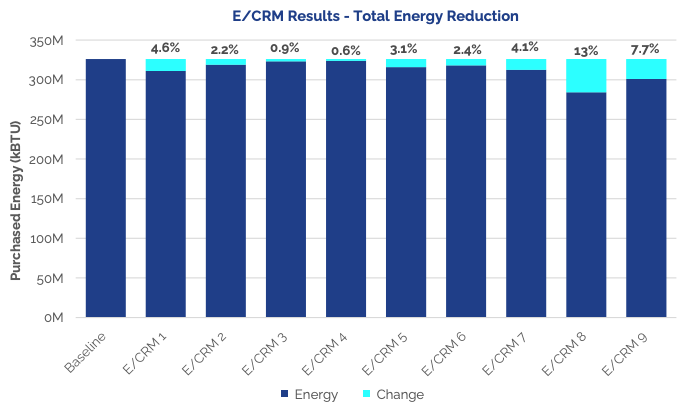
Inputs for this task include the well-organized compilation of information and data collected during the Discovery Phase. Refer to the “Learn the Building” section for specific information of what should be collected. 
Define and Understand the Purpose of the Energy Model The purpose of energy modeling in this context is to provide high-accuracy estimates of potential energy, cost and carbon savings for energy conservation measures (ECMs) under consideration. The energy model should incorporate site weather data for a typical year as well as detailed information about building geometry, building construction, systems, operations, and occupancy. The energy model will use this information to simulate the building’s energy consumption for every hour of the year. Code or LEED energy models that may have been created for the building during its initial design and construction should not be used in deep energy retrofit study efforts because they do not reflect the actual performance of the building under study. The goal at this phase of the project is not to create an exact replica of the building—doing so would require modeling effort and investment in building metering that does not yield improvements in model accuracy that will improve decision making. Instead, energy models routinely include simplifications that maintain fidelity to metered data and an appropriate level of detail to form a basis of comparison for ECMs under consideration. Create the Initial Energy Model The initial energy model should reflect the basic components of the building including geometry, HVAC systems, occupancy, and basic building operations. The initial model will generate an energy profile for the building that can be compared to measured utility data for calibration purposes. 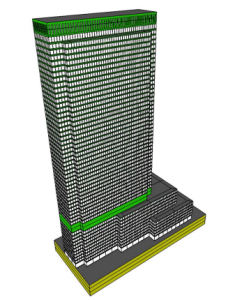 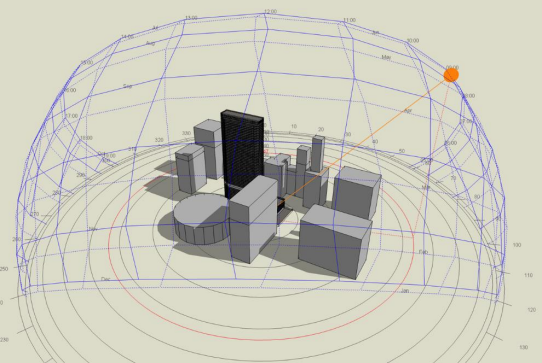 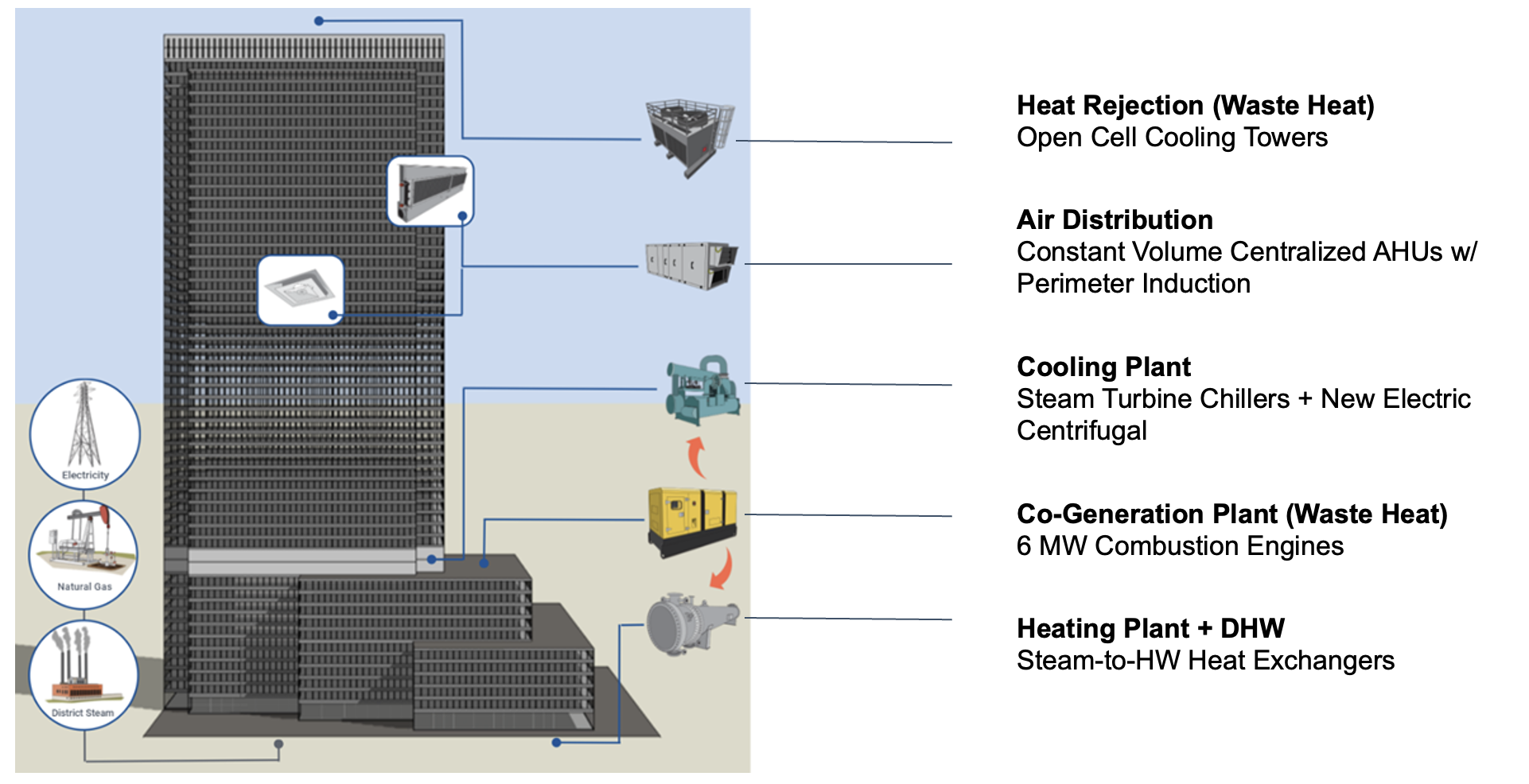
Calibrating the initial energy model is an iterative process intended to align the simulated building performance with measured utility data. Calibration should occur across all utilities and should apply to demand in addition to consumption. At the end of the calibration effort, simulated energy performance for the building’s existing condition should be consistent with measured building performance within +/- 10. Exceptions to this rule may be allowed for situations such as a chance in building use, or the impact of COVID. 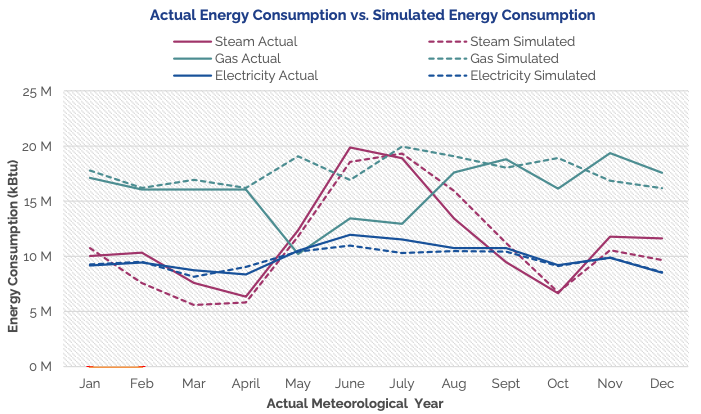

The output of this task will be a calibrated energy model that accurately reflects the building existing conditions within a reasonable margin of error. This calibrated model is the foundation of the Baseline Energy model discussed in the next section. | 









